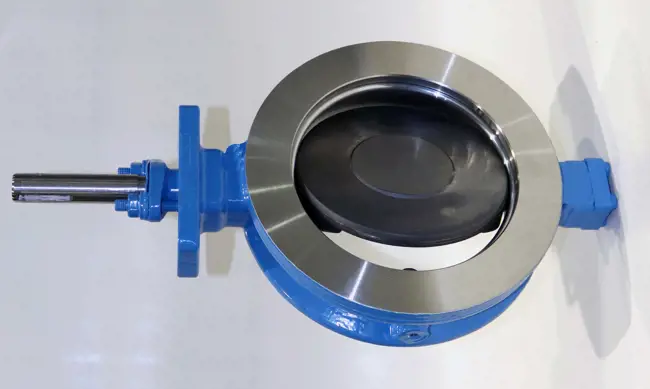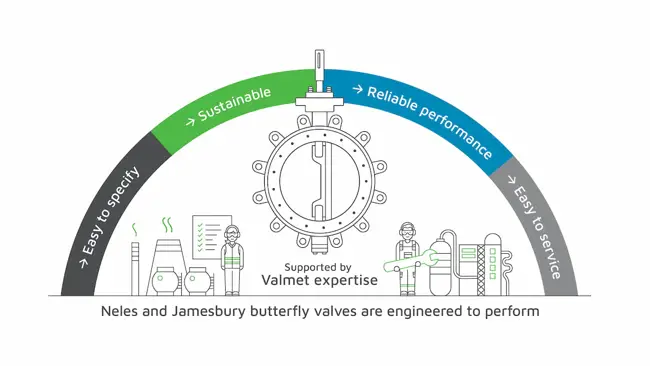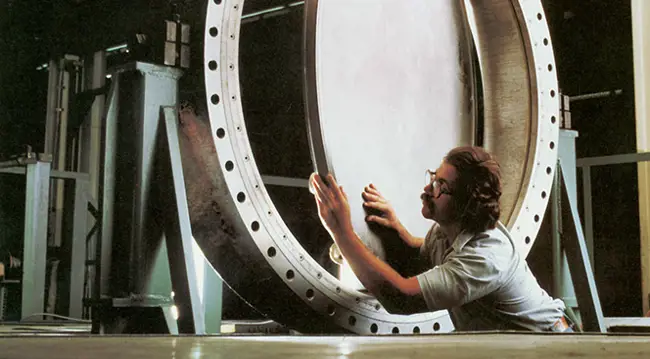Challenges and solutions for molsieve dryer processes
May 15, 2023
Molecular sieves, or molsieves, are used in the refining and petrochemical process industries as adsorbents. They are mainly used in scenarios whereby very dry streams are required, helping to remove water and other oxygen sources to avoid catalyst deactivation and potential corrosion problems in the process plant. Molsieves exist in different pore sizes and their use varies between applications.
The drying process typically happens in two stages: adsorption and regeneration. During the adsorption phase, fluids pass through the molsieve beds, adsorbing the water content that is present in the fluid stream. Once the molsieves are saturated, they must be regenerated. In dryers, this regeneration happens by passing hot gas through the molsieve beds which carries the adsorbed water content, thereby regenerating the beds for further adsorption. This is a continuous process involving several adsorption beds.
While there are many process challenges involved in the dryer process, this article will discuss those related to the valves that are required in these dryer units.
Sequencing valve challenges in molsieve dryers
On-off valves used in conjunction with molsieve dryers face certain challenges, which need to be considered during the process of selection. Firstly, there is a possibility of molsieve dust entering critical areas of the valve. In particular, this is an issue that has been reported by some customers as related to switching valves. Over time, the molsieve produces small particles which can escape from the molsieve beds and eventually enter the pipeline and valves. These particles are not part of the actual process fluid but are a result of normal operation. The challenge is to ensure that the impact of the particles on the equipment and valves is minimised. If particles enter the critical areas of the valve, they can disrupt its operation and hamper overall process efficiency. In addition to this, valves undergo thermal cycling. In the adsorption phase the molsieves adsorb water in the bed, while in the regeneration phase hot gases pass through.
Therefore, valves typically experience one set of process conditions with lower temperatures during the adsorption phase, and higher temperatures during the regeneration phase. There have been cases where a customer has issues with valve that cannot be operated during the high temperature phase. As a result, they have to wait for the temperatures to fall.
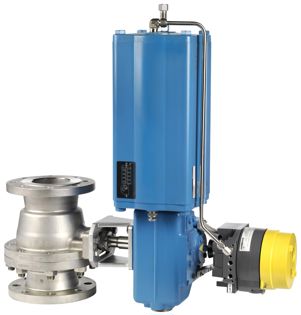
Neles SwitchGuard intelligent metal seated ball valves with Switch guard
Thirdly, the molsieve dryer process demands that the valves frequently switch from one phase to another, meaning that valve cycling can be higher than in traditional on-off valves. High cycling can lead to performance issues, higher maintenance costs, and frequent soft part replacements. Because these processes are often required to run for years without disruption, cycling can be another challenging part of the process.
Finally, valve tightness is another important criterion. Challenging process conditions make it difficult to maintain the required tightness of on-off valves over a long period of time.
Meeting molsieve challenges
With these challenges in mind, the next question to ask is: what is the right valve selection for these conditions?
Customers often select valve types based on their previous experiences and recommendations from licensors. Valmet’s experience shows that metal seated ball valves are the right solution. It is important to note that metal seated ball valves are not a standard ball valve typically used in other general services, but rather are capable of handling the aforementioned challenges. Valmet’s Neles product brand specialises in rotary ball valves and metal seated technology, both in relation to materials and coatings.
To combat the first challenge related to molsieve dust, these metal seated valves have a scraping seat design feature. If particles get stuck to the ball surface, the scraping seat design will help remove those particles when the valve cycles. This ensures that the particles do not obstruct the valve operation by getting stuck between the ball and seat.
Without a scraping seat design, the chances of valve failure are high. Additionally, keeping the sealing surfaces clean and preventing scratching (galling) not only helps to maintain tightness but also keeps operating torque constant and prevents valve jamming.
Another important feature is the closed seat design. This ensures that any particles in the process medium do not enter the cavities behind the seat area. In a standard ball valve seat design, there will be certain open cavities behind the seat area, which is typically not an issue with a clean fluid. However, in applications such as molsieves where there is the possibility of particles in the fluid, this can cause issues. A closed seat design helps to address this challenge.
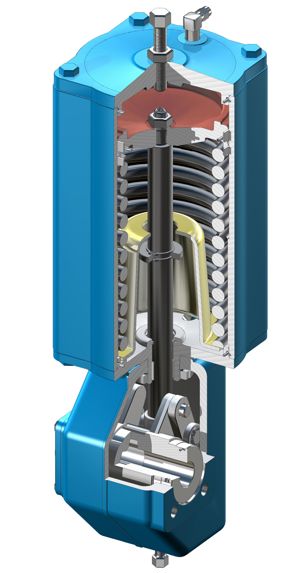
Neles B1 series actuators, for cycling services
Another important consideration is the materials that are used in the valve trim. Neles metal seated ball valves are available with application-based coatings on ball and seat.
However, coatings are not applied to protect the base material from corrosion. When corrosion is an issue, the base material used in the valve trim should be capable of handling it. The coatings on the ball and seat surface are intended to reduce friction and minimise the particle impact on the sealing surface. It is important to select an appropriate coating material for a given process.
Ball valves with the appropriate coating also help in maintaining the required valve tightness in both directions, compared to other valve types that only offer unidirectional tightness.
Neles ball valves provide flexibility when it comes to mounting positions. Rotary valves offer several mounting position options compared to other valve designs which allow one orientation. This is crucial in areas where space is a constraint.
The use of butterfly valves has also been considered by some customers in need of larger valve sizes. Metal seated butterfly valves can also be suitable based on the specific process conditions.
Valve actuators are also an important part of the valve assembly. It is important to note that, since these are cycling valves, they also need to have reliable actuators that are capable of handling the cycling needs. Neles B1 series actuators are field-proven, reliable and safe actuators that are suitable for high cycling applications.
Reduced emissions and full life cycle support
Today, valve emissions are a hot topic. While the industry is working towards more sustainable solutions, emissions control is an essential step in meeting forward-thinking targets. The Neles rotary ball valve design complies with the ISO 15848 emission standard.
As these valves are in critical cycling services, it also important to monitor them for reliable operation and predictive maintenance. Neles SwitchGuard is an intelligent controller that provides diagnostic information to help with planned maintenance and to improve overall operation, as well as provide programmable speed control for fine tuning valve performance.
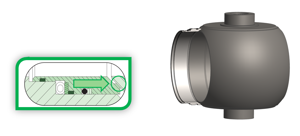
Metal seat design for dryers.
Conclusion
It is clear that the valve selection process for this application requires careful evaluation, and there are a number of different valve designs that are available for this application, from various suppliers. As such, the selection should be carried out based on various parameters rather than simply focusing on one particular valve design. Valves for the dryer sequencing applications need to be selected based on parameters such as valve vendor application know-how and supply experience; design features that help to tackle various challenges; reliability; use of digital devices that can help to avoid unplanned maintenance; and the overall total cost of ownership. This ensures that the process unit functions efficiently without any disruptions due to valves, and that the end user gets the best value from their investments.
Author D. Bhaskaran. For additional information, please contact lindsay.coutinho@valmet.com.
This article was originally published in Hydrocarbon Engineering magazine, April 2023 issue as ‘Reliable valve operation’.
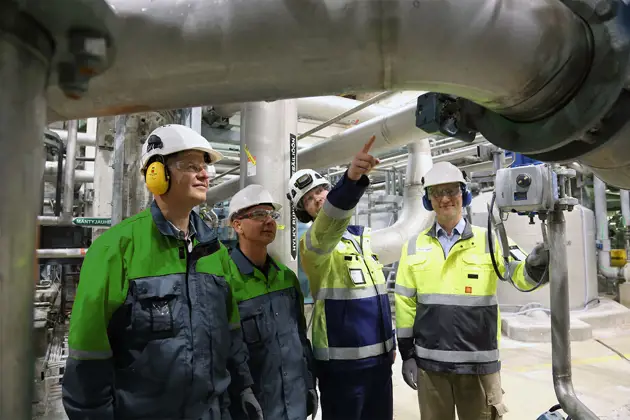
Subscribe to our newsletter
Subscribe now to our 'Go with the flow' newsletter and receive the latest insights directly to your email.
Subscribe